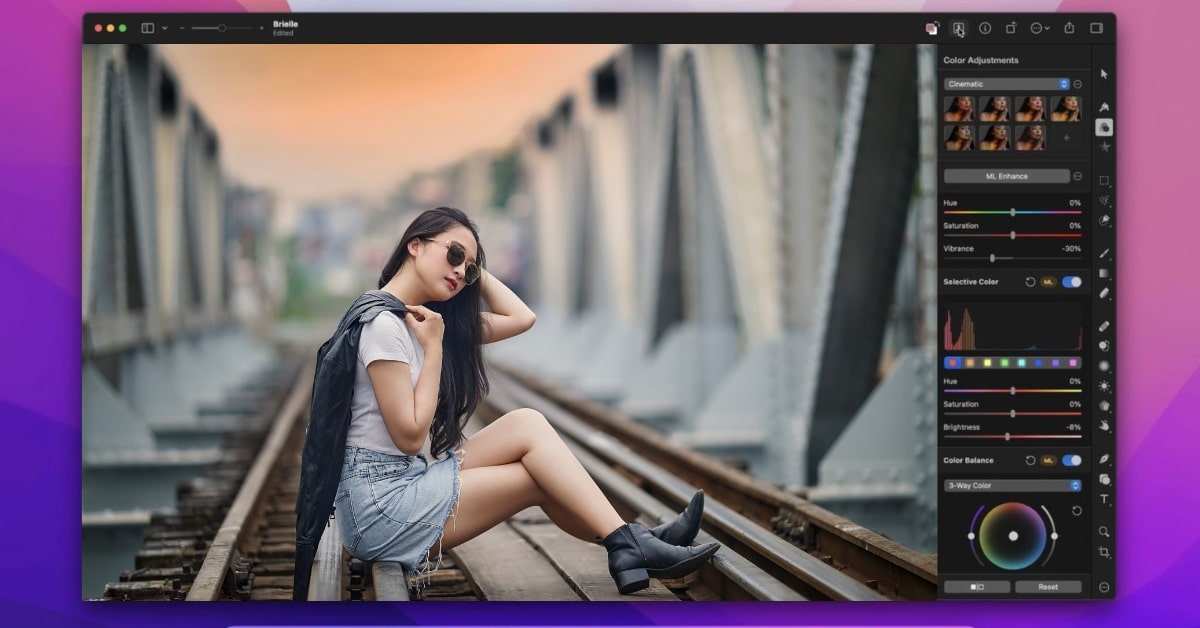In today’s digital age, picture editing software has become an indispensable tool for photographers, designers, and enthusiasts alike. Whether you’re looking to enhance colors, correct imperfections, or add creative effects, having the right editing software at your fingertips can elevate your images to new heights. In this comprehensive guide, we’ll explore the top picture editing software options available, helping you find the perfect solution to unleash your creativity and bring your vision to life.
Understanding Picture Editing Software
Picture editing software, also known as photo editing software, encompasses a wide range of applications and tools designed to manipulate and enhance digital images. From basic adjustments like cropping and resizing to advanced retouching techniques and artistic effects, these software solutions offer a myriad of features to cater to every editing need and skill level. Whether you’re a beginner looking for simple editing capabilities or a professional seeking powerful tools for complex edits, there’s a picture editing software option available to suit your needs.
Key Features to Look for in Picture Editing Software
- User Interface and Ease of Use: Look for picture editing software with intuitive interfaces and user-friendly workflows that make it easy to navigate and access key features. A clean and organized interface can streamline the editing process and enhance productivity.
- Editing Capabilities: Consider the range of editing capabilities offered by the software, including basic adjustments like exposure, contrast, and color balance, as well as more advanced features like layers, masks, and filters. Choose software that aligns with your editing needs and workflow preferences.
- Compatibility and Integration: Ensure that the picture editing software is compatible with your operating system and devices, whether it’s desktop, mobile, or web-based. Look for software that offers seamless integration with other tools and services, allowing for easy import/export and collaboration.
- Performance and Speed: Evaluate the performance and speed of the software, particularly when working with large files or complex edits. A responsive and efficient software can help you work more effectively and achieve faster results.
- Community and Support: Consider the level of community support and resources available for the software, such as tutorials, forums, and user guides. A vibrant and active community can provide valuable insights, tips, and troubleshooting assistance.
Best Picture Editing Software Options
- Adobe Photoshop: Adobe Photoshop is a versatile and powerful picture editing software used by professionals worldwide for retouching, compositing, and design. With a wide range of features and capabilities, Photoshop offers unparalleled flexibility and control over photo editing.
- Adobe Lightroom: Adobe Lightroom is a comprehensive photo editing and management software that offers intuitive editing controls, powerful organizational features, and seamless integration with other Adobe Creative Cloud apps. Lightroom is ideal for photographers seeking a streamlined workflow for editing and organizing their photos.
- GIMP (GNU Image Manipulation Program): GIMP is a free and open-source picture editing software that offers a wide range of features and capabilities comparable to commercial software like Photoshop. GIMP is a great option for users seeking powerful editing tools without the cost of a subscription.
- Pixlr: Pixlr is a user-friendly online photo editor that offers a range of editing tools and effects accessible through a web browser. With both free and premium versions available, Pixlr is a convenient option for users looking for quick and easy photo editing on the go.
FAQs
What is the best picture editing software for beginners?
For beginners, user-friendly options like Adobe Lightroom or Pixlr are excellent choices due to their intuitive interfaces and straightforward editing workflows.
Can I use picture editing software on mobile devices?
Yes, many picture editing software options offer mobile apps that allow users to edit photos directly on their smartphones or tablets.
Are there free alternatives to Adobe Photoshop?
Yes, free alternatives to Adobe Photoshop include GIMP, Pixlr, and Paint.NET, which offer many of the same features and capabilities at no cost.
Can I use picture editing software to create digital art?
Yes, many picture editing software options, such as Adobe Photoshop and GIMP, offer advanced features for creating digital art, including drawing, painting, and compositing.
Conclusion
Choosing the right picture editing software is essential for unleashing your creativity and achieving your desired results. Whether you’re a professional photographer, a hobbyist, or someone looking to enhance their social media posts, finding software that aligns with your editing needs and preferences is key. By considering factors such as user interface, editing capabilities, compatibility, and community support, you can select the perfect picture editing software to bring your vision to life and create stunning visuals that captivate and inspire.
This page was last edited on 7 March 2024, at 3:12 pm
